
Today’s blog post comes from Grace, one of our Education Specialists.
Food is a central part to many celebrations this holiday season. Mashed potatoes, stuffing and pumpkin pie are yummy staples people look forward to savoring this time of year. Unfortunately, much of this iconic holiday food ends up in our trashcans. Between Thanksgiving and New Year’s Day, Americans dispose of about 25% more trash than other times of the year. Here in San Diego, organics make up 39% percent of our landfill.
Thankfully, it only takes a little planning and preparing to reduce our food waste. Kick off the holiday season by choosing more sustainable options for your holiday feasts, and follow these simple steps to reduce your food waste without compromising your meal:
- Be realistic with your portion sizes. If you’re hosting the big meal, get an accurate count of attendees and plan your dishes accordingly. If you plan to host a potluck, make sure everyone knows how many people are coming.
- Buy the exact amount of food you need. Utilize the bulk section of the grocery store so you can buy the right amount of nuts and grains necessary for your recipes. Take your sustainability to the next level by using reusable produce bags, such as bags from ECOBAGS.
- Get creative with your meal planning. In an effort to use all of an ingredient, choose recipes that have similar ingredients. For example, use parsley in two recipes in order to use up the entire bundle.
- Freeze your leftover ingredients. You can freeze your stock inside cartons, basil in ice cube trays with water and blanched vegetables in airtight reusable containers. Make sure to freeze these items right away to keep them at their freshest! Visit the County of San Diego’s Food: Too Good to Waste! page for more tips to keep fruits and vegetables fresh longer.
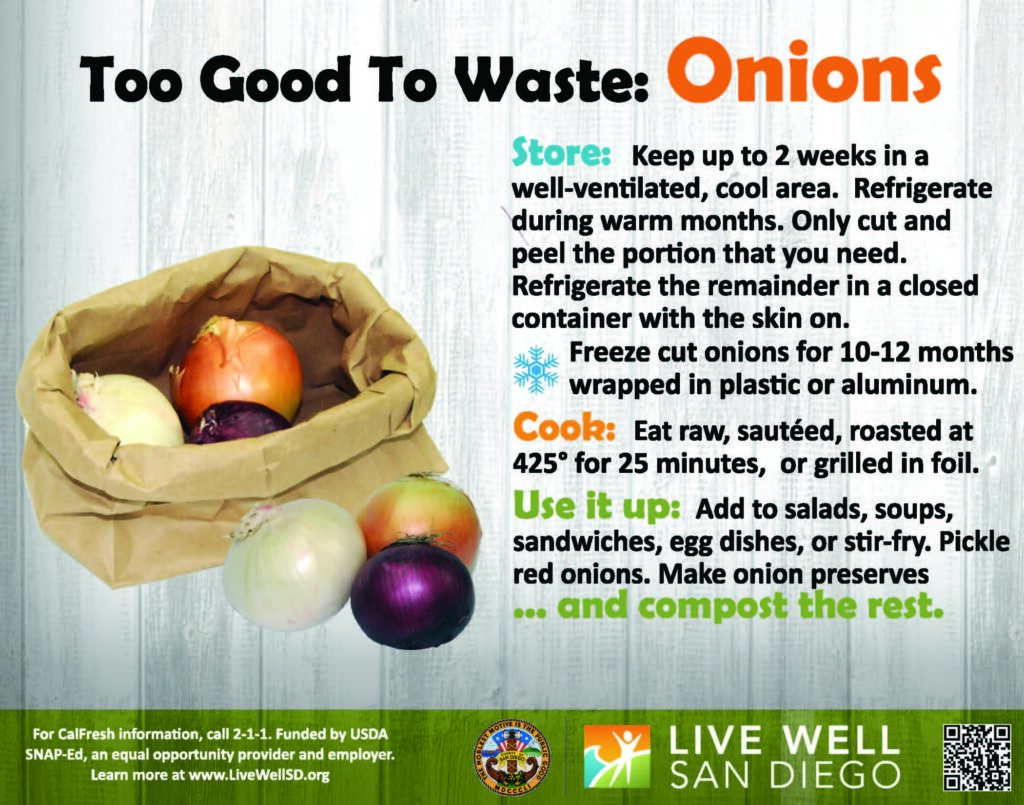
- Compost your food scraps. Remember no meat, dairy or greasy items. Learn how to start a vermicompost with this composting tutorial.
- Send everyone home with leftovers. Save jam jars and mason jars leading up to the big event in order to package individual-sized portions. Ask friends and family to bring their own containers from home.
- Turn your leftovers into something new. We love Food Network’s Thanksgiving Leftover Recipes.
- Recycle used cooking oils responsibly. Fats, oils, and greases have a harmful effect on our environment when not disposed of properly. Save oils in a secure container and recycle at a certified location. To find the closest drop off location, unincorporated County residents can visit the County of San Diego’s Recycling and Household Hazardous Waste database, www.WasteFreeSD.org.
- Freeze leftovers. Make sure your food has cooled to room temperature before placing in the freezer. Go zero waste by using reusable containers to store your food in. If you choose glass containers, make sure to use wide-mouth containers and leave plenty of space for expansion.

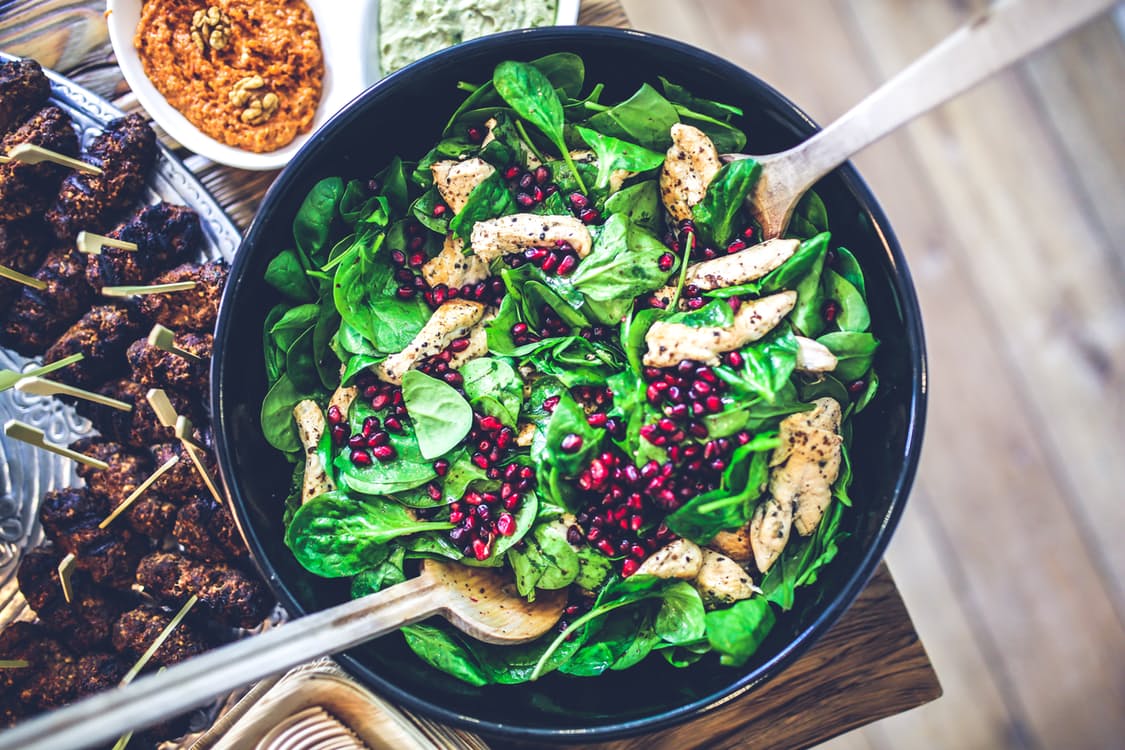
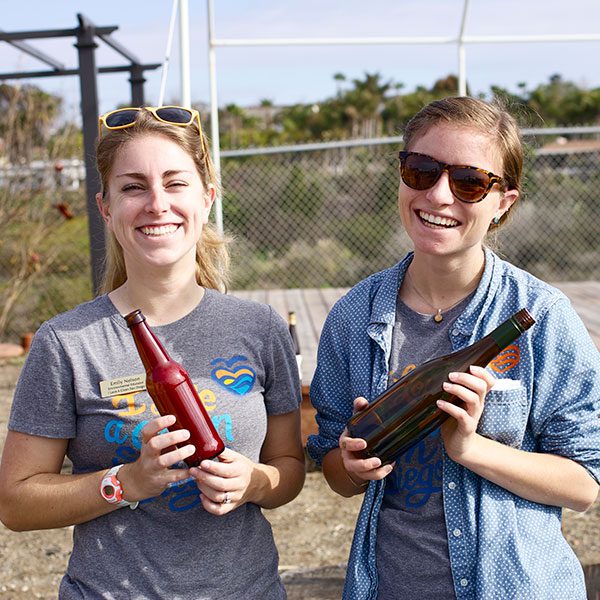
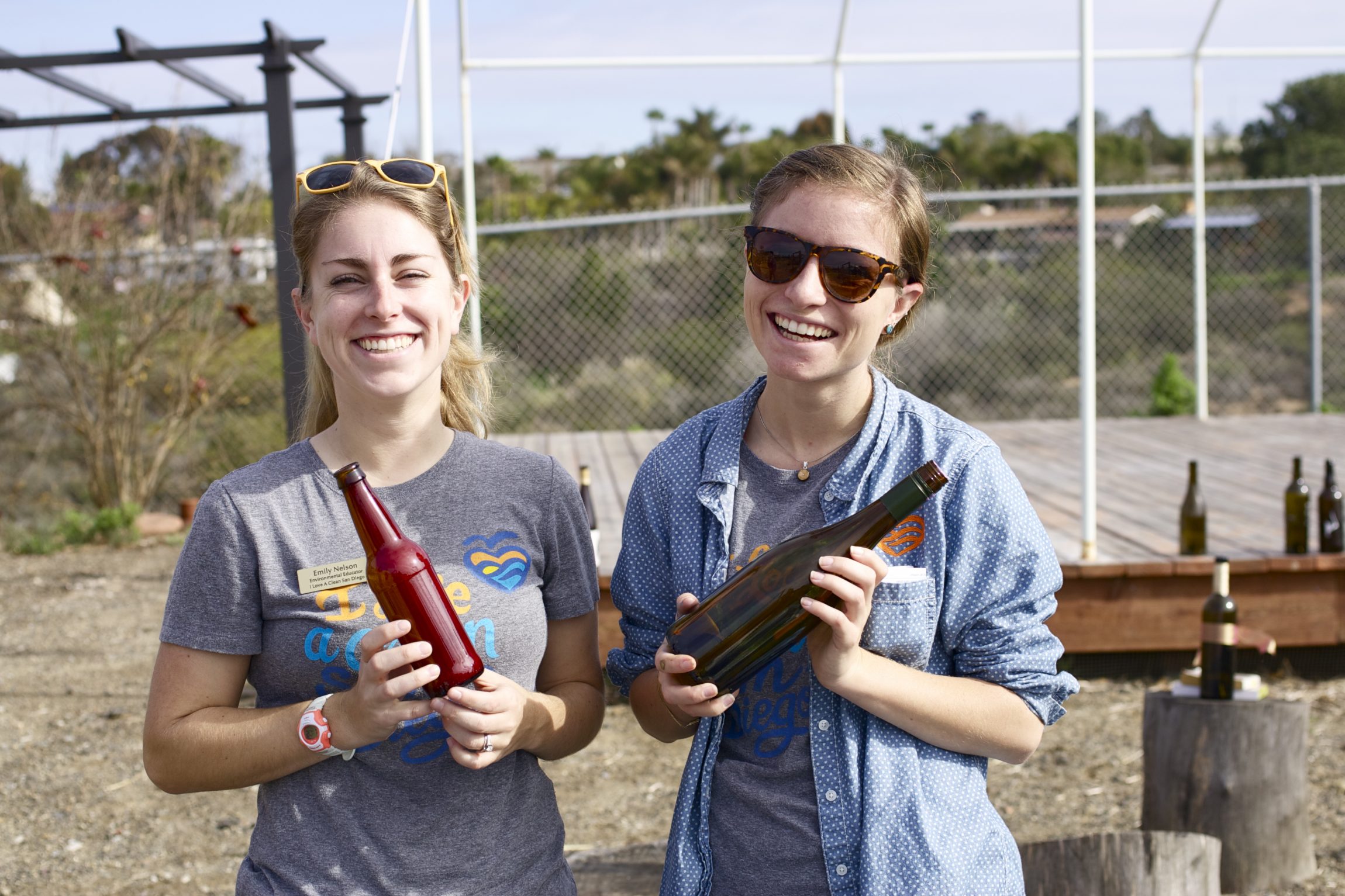




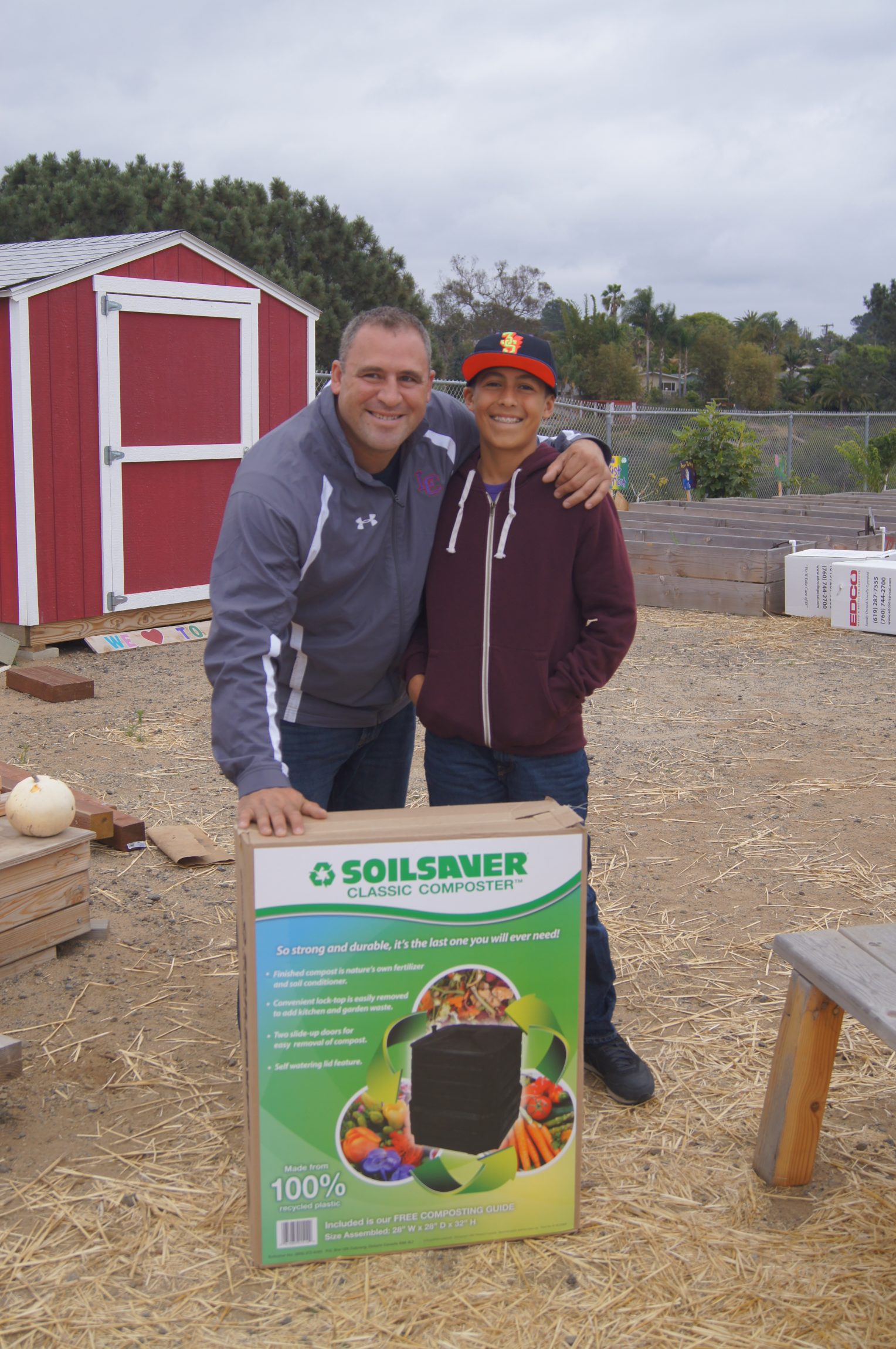
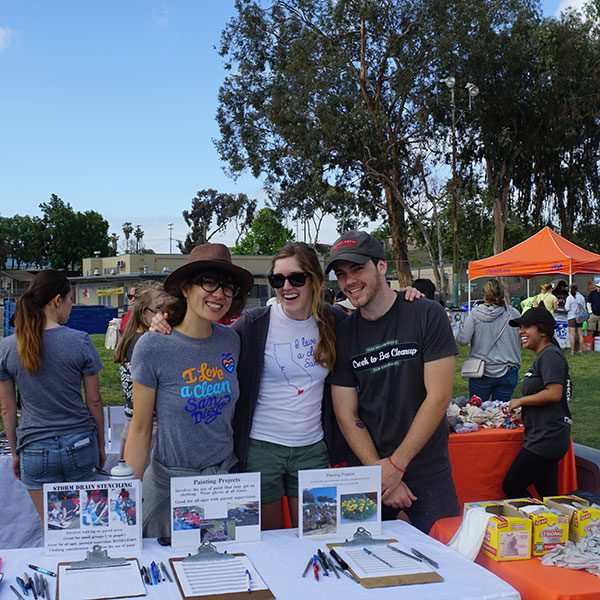



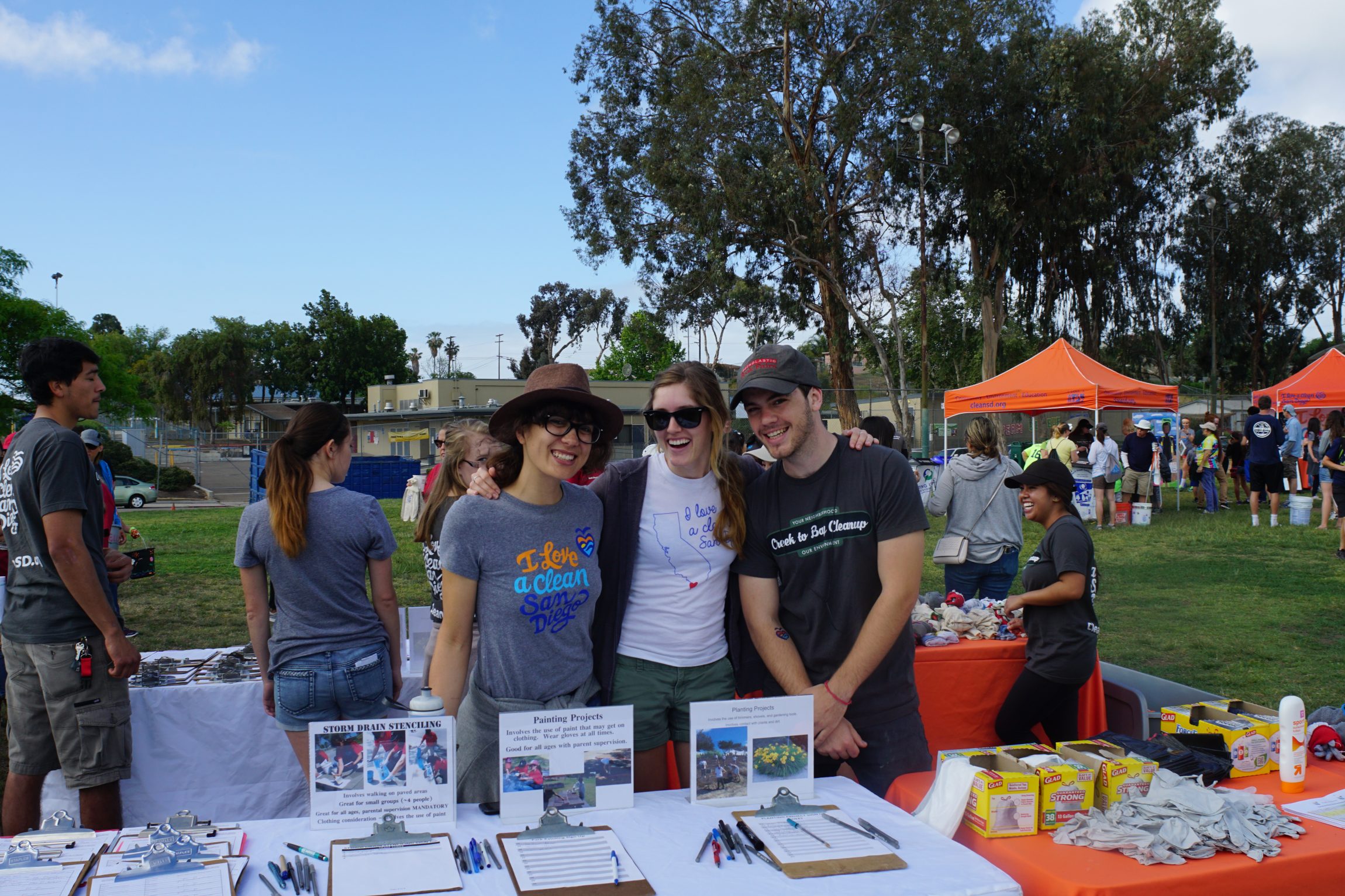
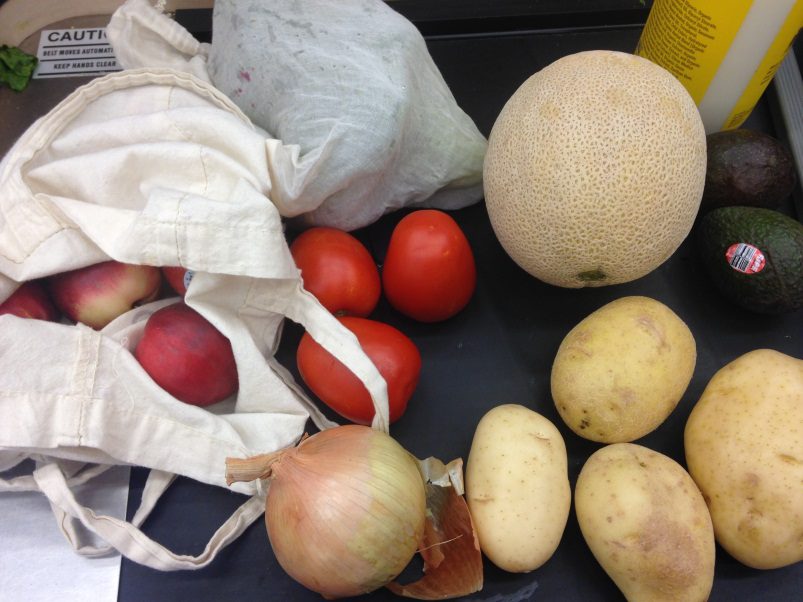
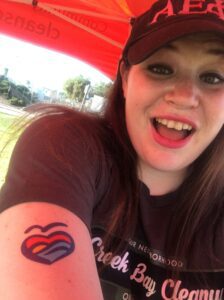

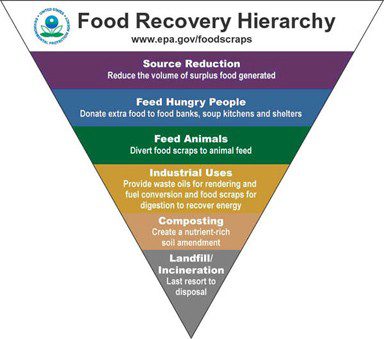


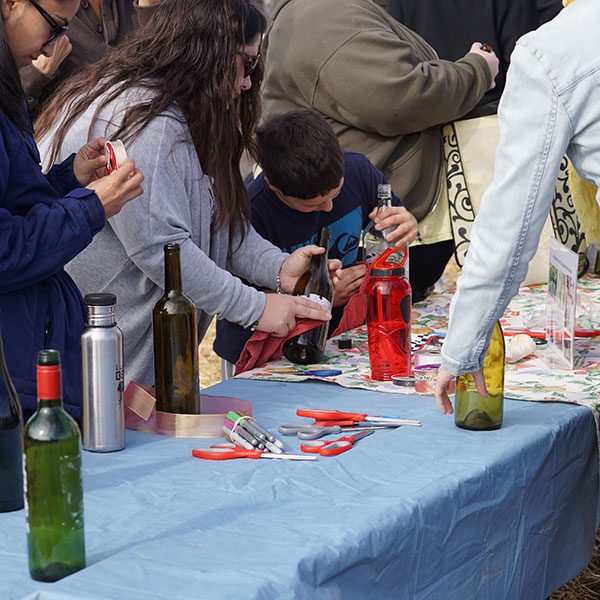
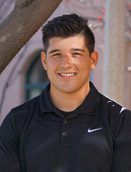 Today’s blog comes from our Contracts Manager, Sam, who has been attending several meetings related to San Diego’s Zero Waste Plan, including food recovery and organics recycling. The idea of zero waste can seem daunting or too far-fetched. Read on to learn about other cities that have successfully implemented zero waste practices IRL (in real life) and what San Diegans can do to help reach these waste diversion goals.
Today’s blog comes from our Contracts Manager, Sam, who has been attending several meetings related to San Diego’s Zero Waste Plan, including food recovery and organics recycling. The idea of zero waste can seem daunting or too far-fetched. Read on to learn about other cities that have successfully implemented zero waste practices IRL (in real life) and what San Diegans can do to help reach these waste diversion goals.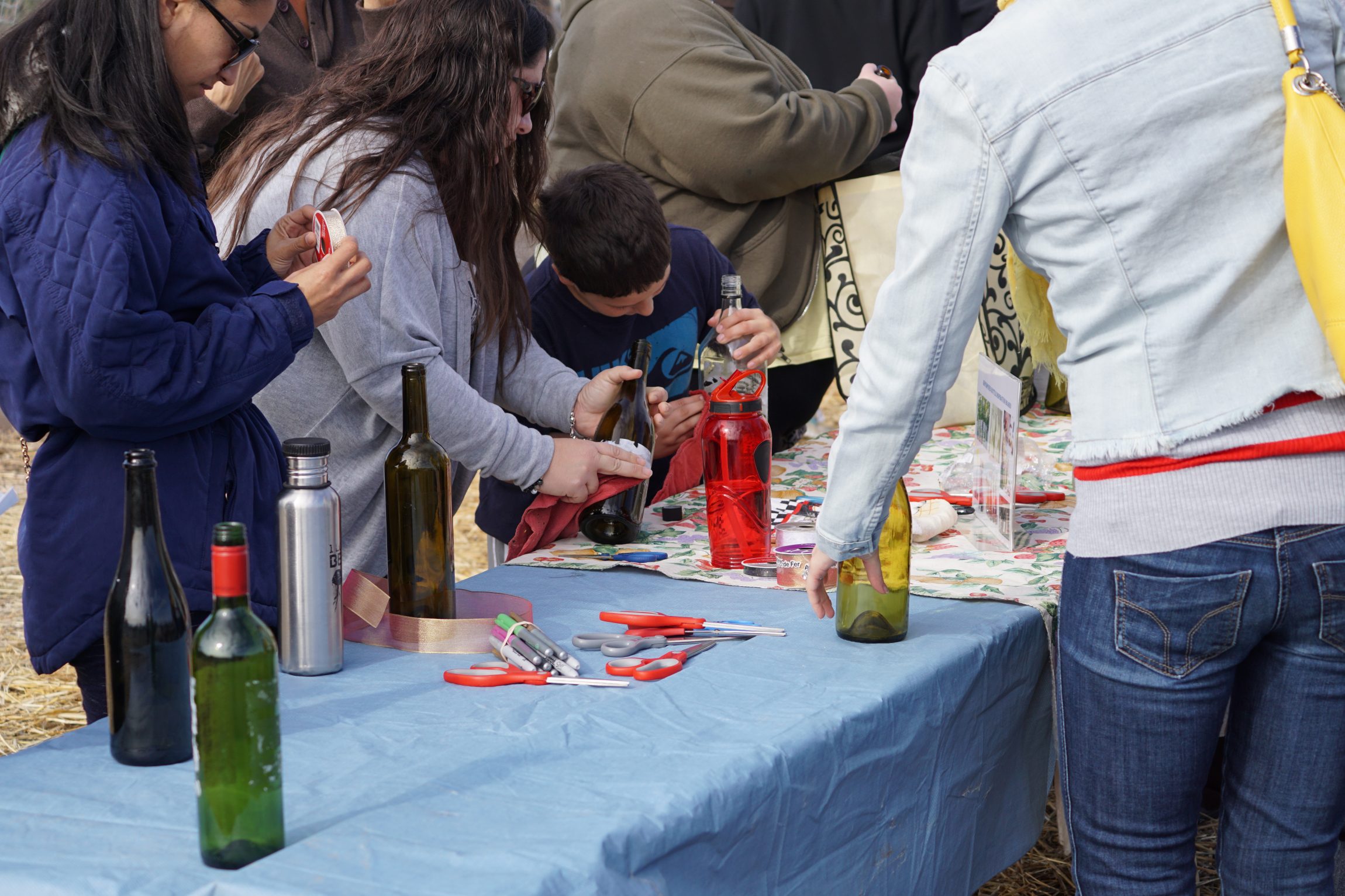


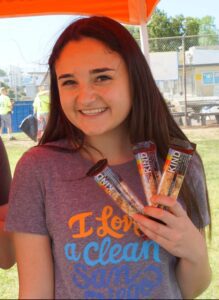
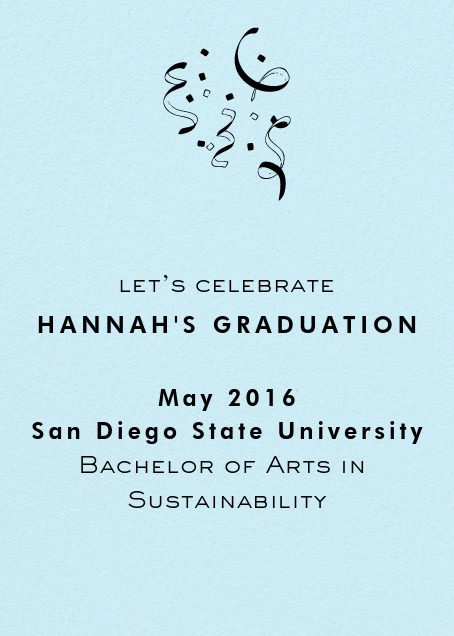
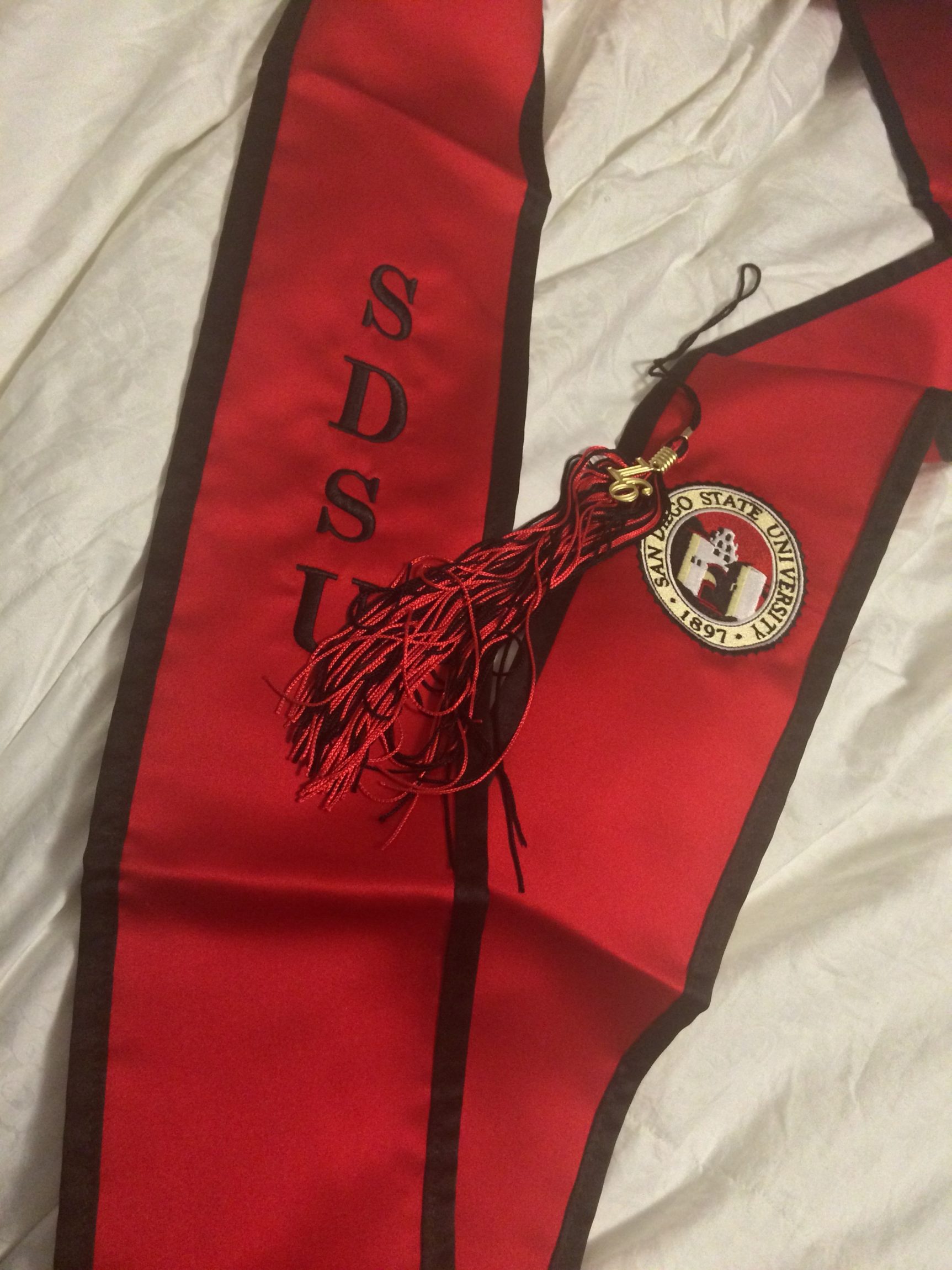

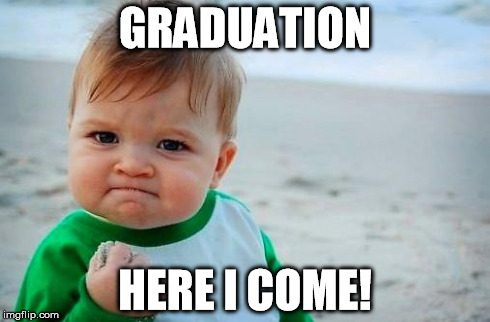
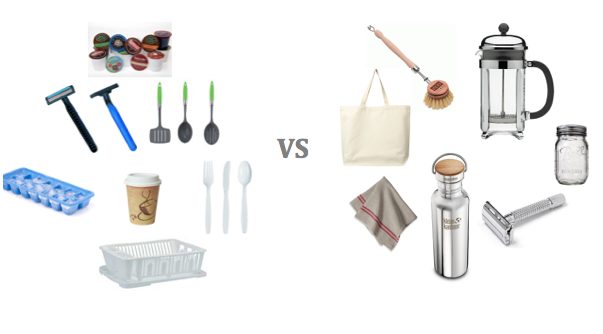

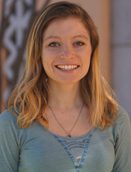 Today’s blog comes from Grace, one of our Education Specialists! If you want to create less waste in 2016 get started today with one of our tried and true zero waste crafts! If you like what you find here, be sure to come to our
Today’s blog comes from Grace, one of our Education Specialists! If you want to create less waste in 2016 get started today with one of our tried and true zero waste crafts! If you like what you find here, be sure to come to our 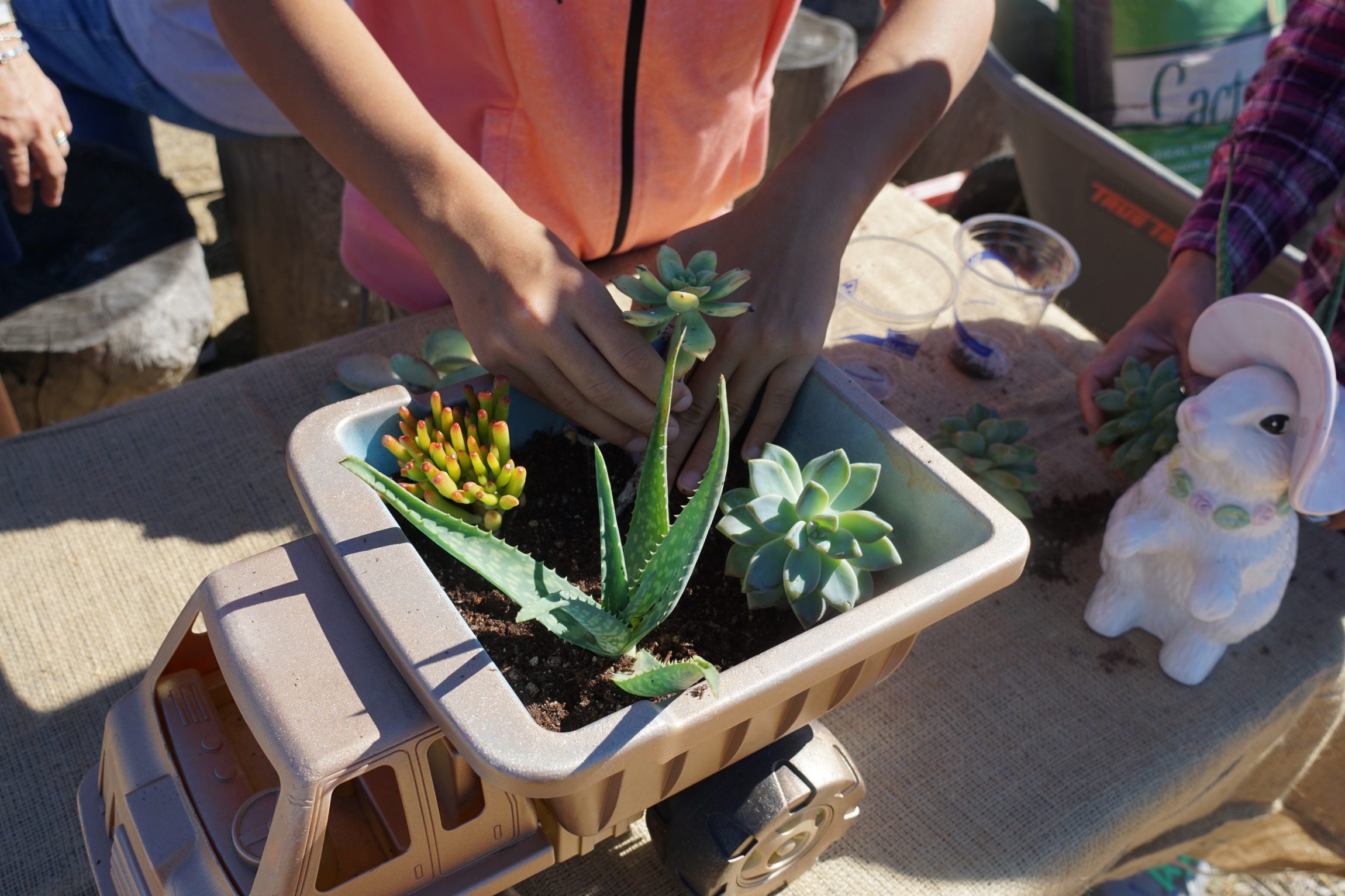

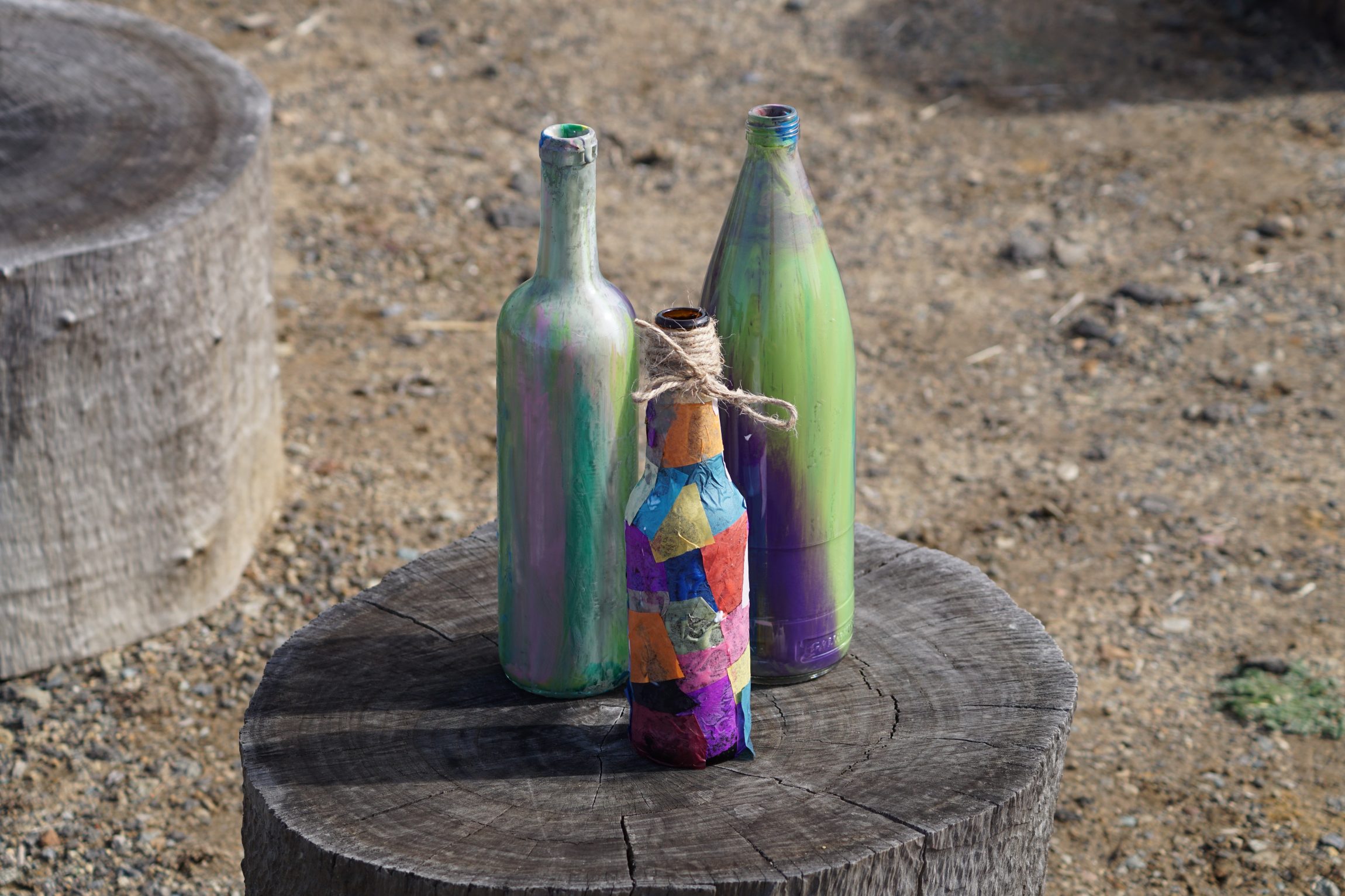
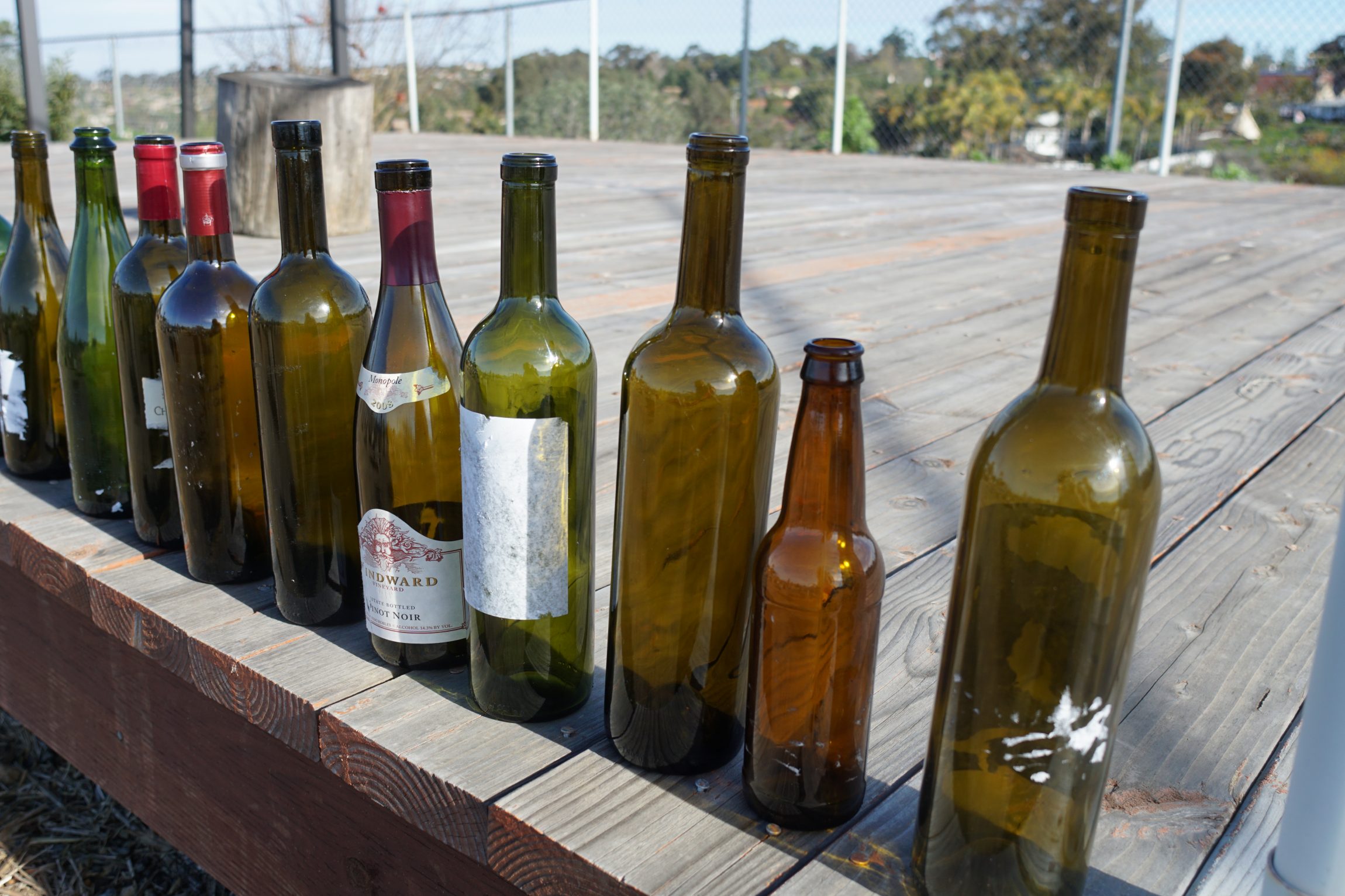 Instructions:
Instructions: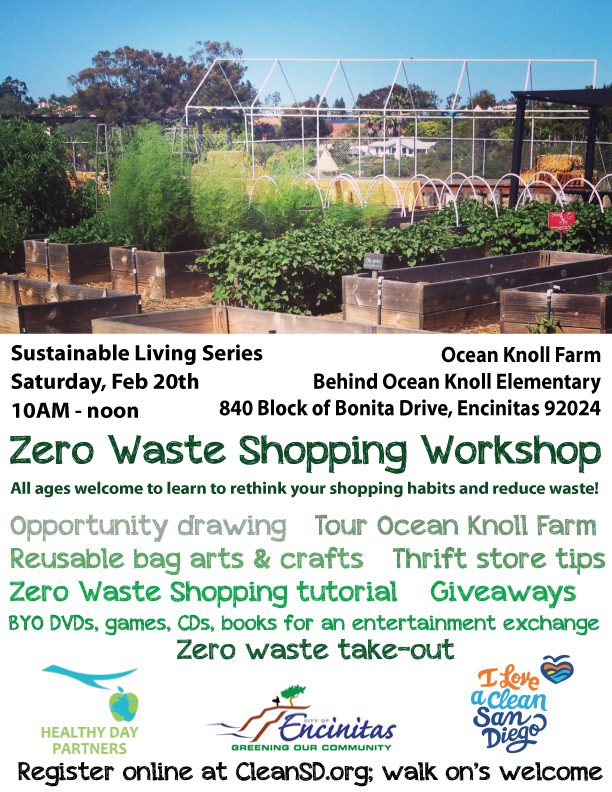
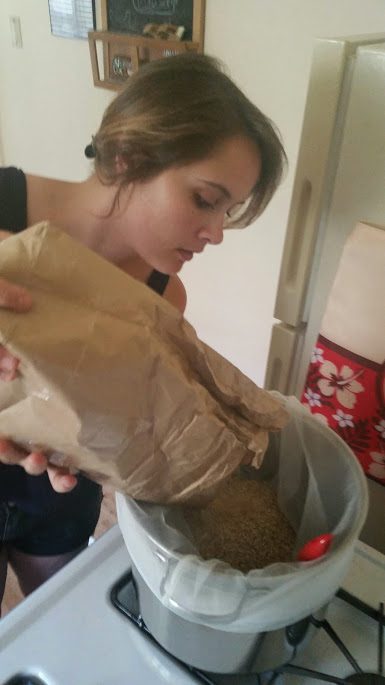 Today’s blog comes from our Community Program Coordinator, Moriah as she shares her love for San Diego craft beer and our environment!
Today’s blog comes from our Community Program Coordinator, Moriah as she shares her love for San Diego craft beer and our environment!
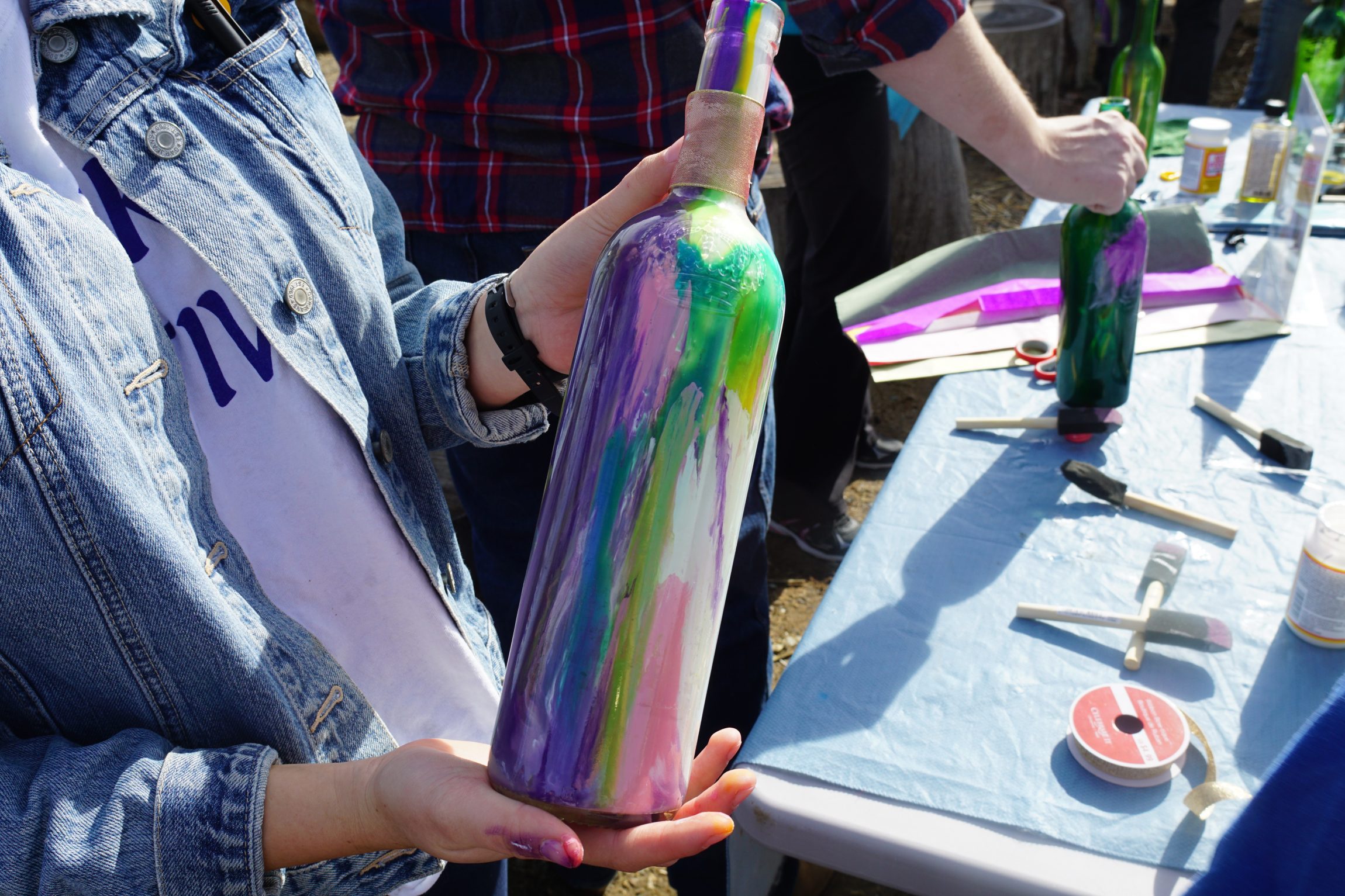
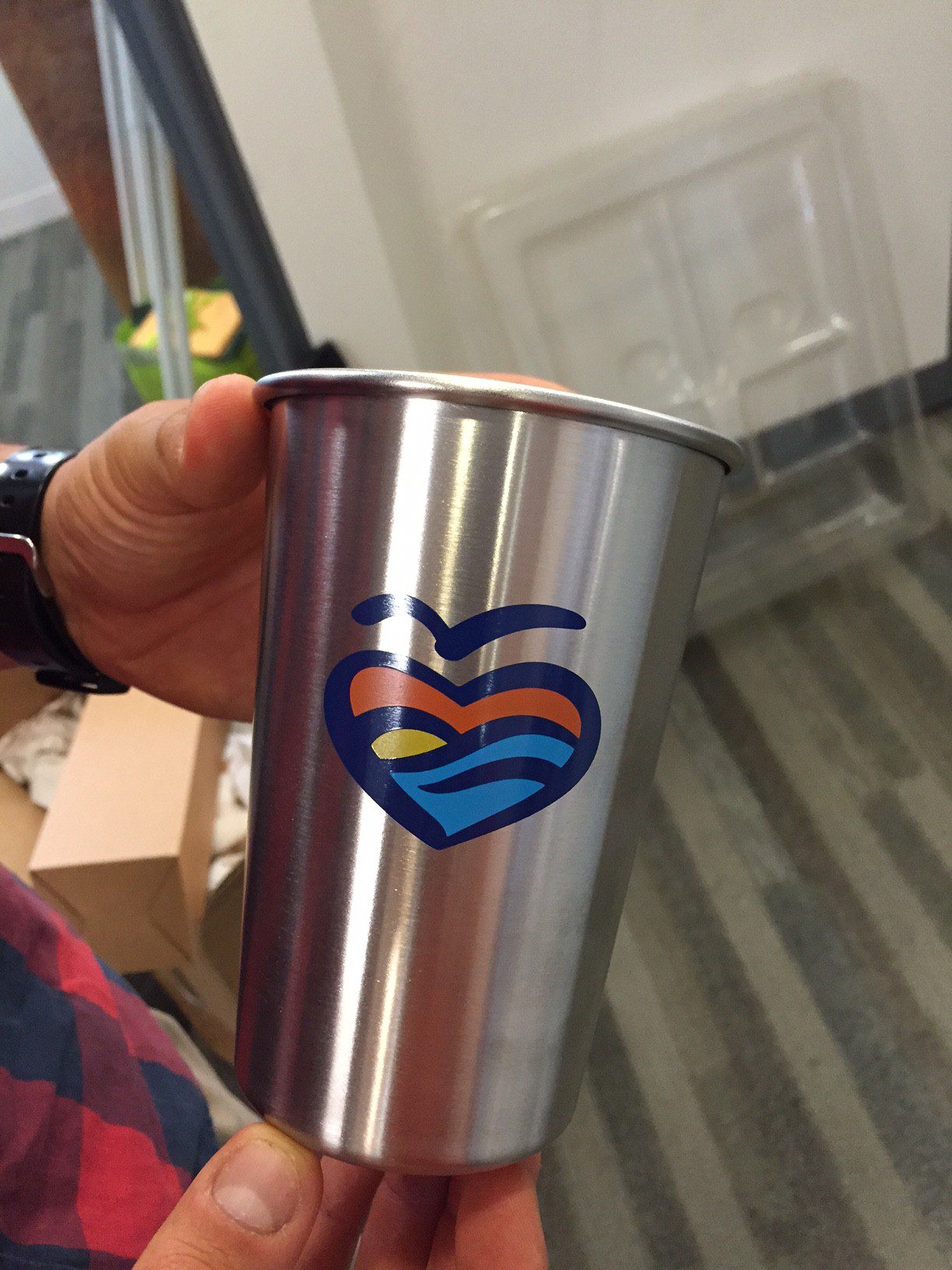
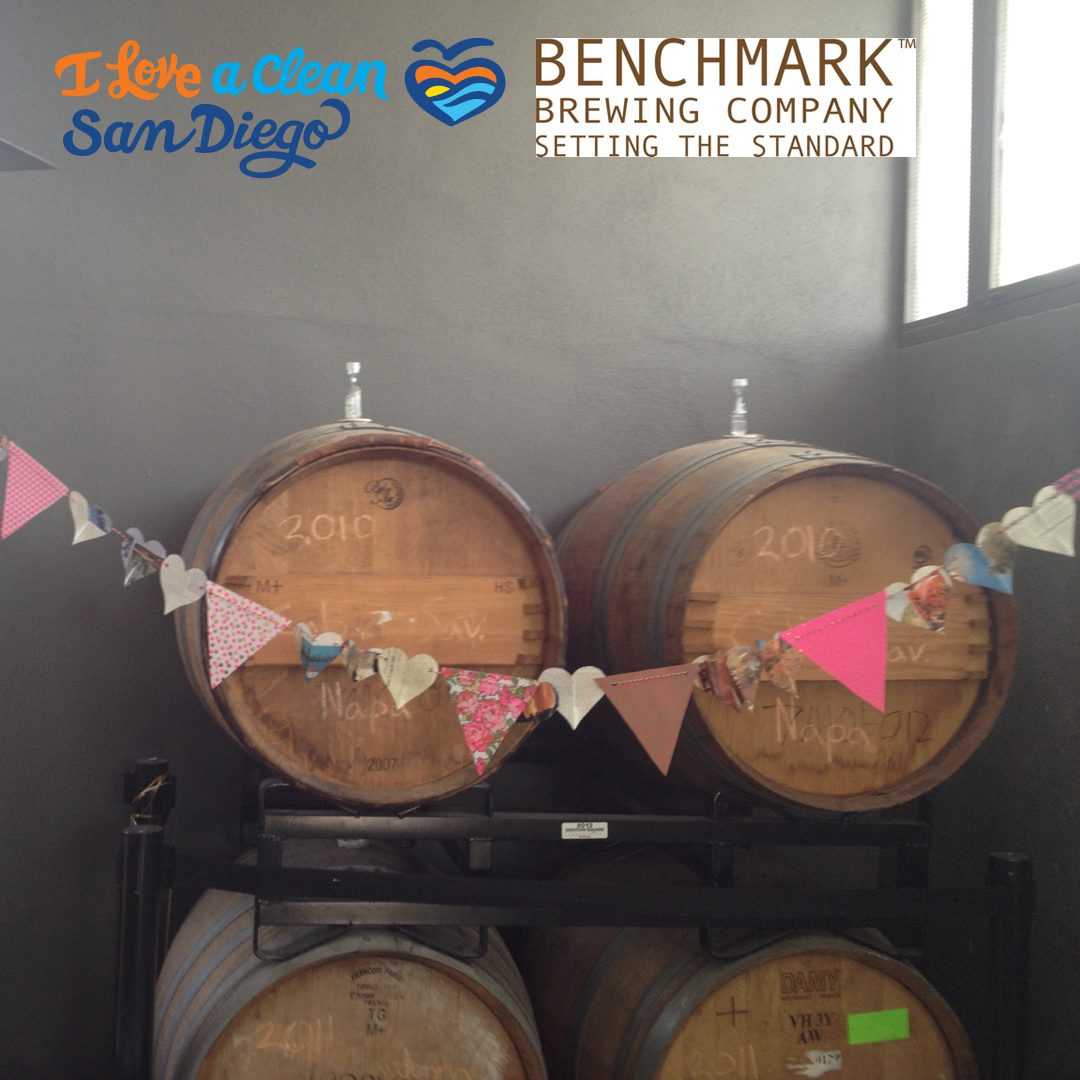
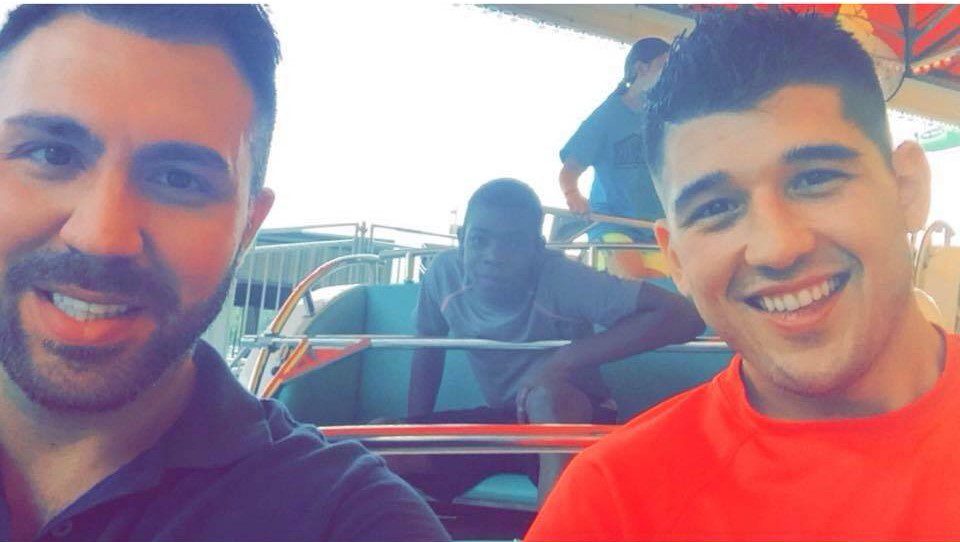
 Q: What environmental topic are you most passionate about?
Q: What environmental topic are you most passionate about?
